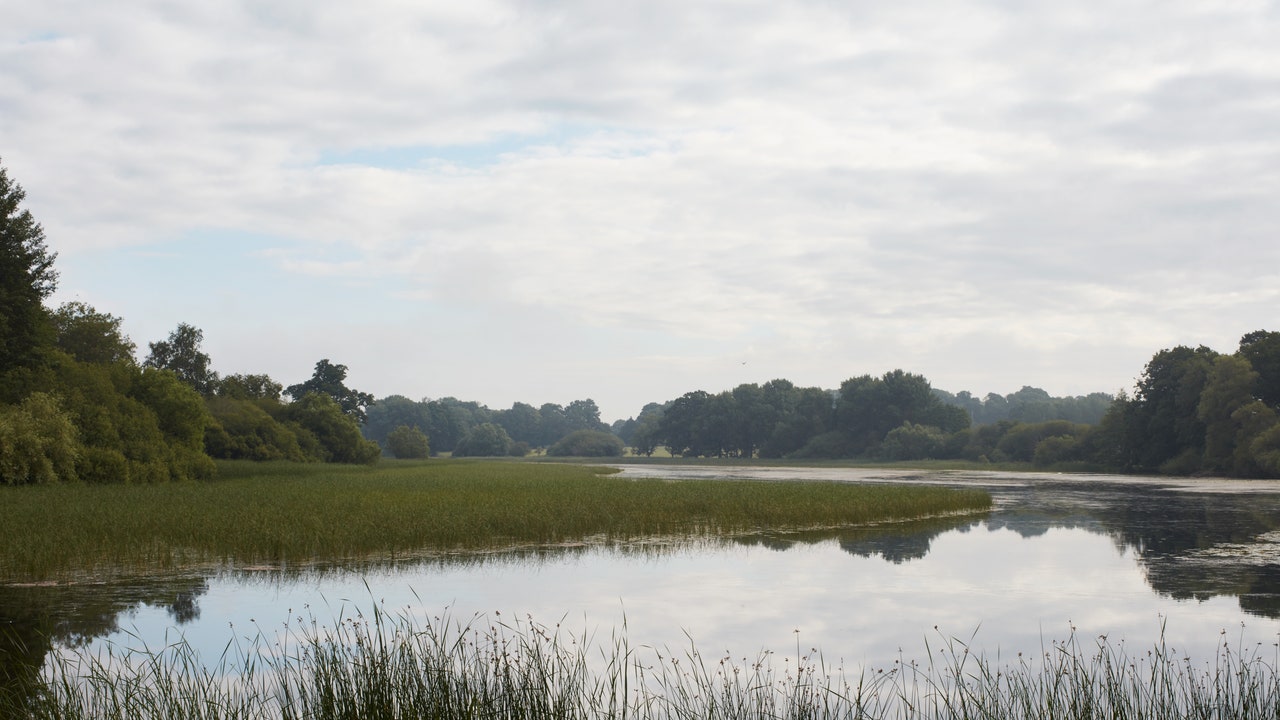FOR THE FIRST TIME since we started rewilding, in 2000, I sensed my husband, Charlie’s, resolve beginning to waver. Letters from neighbors were reaching a crescendo of outrage. Over the nine years since we began handing Knepp Estate, our 3,500-acre farm in West Sussex, over to nature we had weathered complaints about our free-roaming animals, outbreaks of ragwort, unkempt hedgerows, and thorny scrub desecrating the picture-postcard image of England’s green and pleasant land. Every time, we had held our nerve, sticking to the principle we had adopted at the start of the project: to sit on our hands and leave nature in the driving seat. This time, though, it seemed we might have come off the road.
The culprit was creeping thistle: acres upon acres of it, three feet high, engulfing swathes of the estate, including the historic Repton Park, which surrounds the 200-year-old castle at the heart of Knepp. Where, less than a decade earlier, there had been fields of barley, maize, and wheat, now we had scenes from The Day of the Triffids. A pioneer of disturbed ground, the “cursed thistle” can colonize at breathtaking speed. It breeds clonally and sends down deep but brittle taproots that, as any gardener knows, can regenerate from the tiniest fragment. Concerned the invasion might derail the whole project, Charlie was, reluctantly, considering reaching for the slashers and the herbicide.
Giving up farming had been a difficult decision. Farming is in Charlie’s DNA, fortified with patriotic fervor from the days of “Dig for Victory” gardens during World War II. But on desperately poor soil—heavy clay 300 meters deep—our arable and dairy business rarely made a profit. When Charlie inherited the estate, just 45 miles from central London, from his grandparents in the 1980s, it was losing money hand over fist. At the age of 23, he applied what he’d learned at agricultural college to try to turn its fortunes around: bigger machinery, new varieties of crops, state-of-the-art milking parlors, and liberal use of the latest fertilizers and pesticides. Nothing, though, could make our soil competitive. After 17 years of losses, we had worked up steep debts at the bank. By 2000 it seemed there was no alternative but to break with family tradition and find another way to manage the land.
